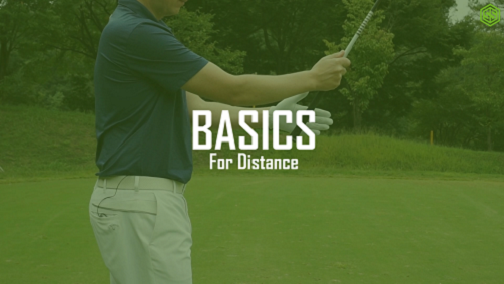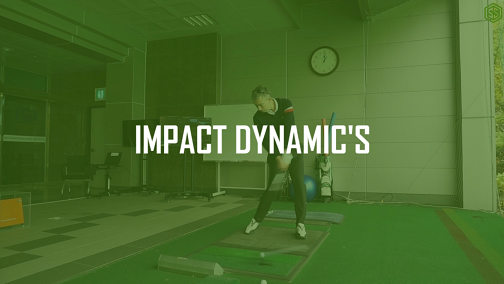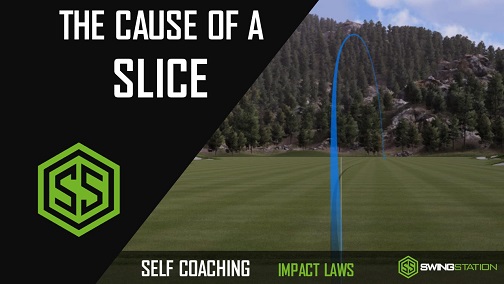What is Loss of Posture?
How to check if you are losing posture
Loss of Posture is any significant alteration from the body’s original set up angles during the golf swing. This can affect all aspects of the golf swing namely timing, balance, and rhythm. Altering posture usually causes two typical mis-hits: the block to the right, and the hook to the left. As the body changes angles, the player is forced to rely on their hand motion to square the face. This becomes a timing-driven swing that can be inconsistent.
What TPI have to say about Loss of Posture:
In order to not lose your posture during the golf swing, several physical characteristics must be developed. First and foremost, research has shown that any limitation in performing a full deep squat or full hip bend can force a player to lose their pelvic posture during the downswing. Failure to perform a deep squat means generalized stiffness and asymmetry in the musculature and joints of the lower body. This limitation will always limit a good setup posture and force players to alter their spinal posture throughout the golf swing. These limitations are best evaluated using the Overhead Deep Squat Test and the Toe Touch Test. Secondly, the ability to separate your upper body from your lower body allows your shoulders to rotate around your spine without altering your original posture. Limited trunk to pelvis separation is usually caused by reduced spinal mobility and shortened lat flexibility. This separation is best be evaluated using the Seated Trunk Rotation Test, the Reach, Roll, and Lift Test, and the Lat Test. Next, the ability to stabilize your spine angle during the swing is directly proportional to the strength and stability of your core musculature (your abs and glutes). When it comes to spinal stabilization, the core is the king. These muscles help keep your trunk forward flexed throughout your golf swing. Core strength is best evaluated using the Pelvic Tilt Test and the Bridge w/ Leg Extension Test. Finally, in order to rotate around a stable posture, one must have good flexibility in your hips and shoulders. This allows you to get the club into key positions without altering your spine angle. The overall flexibility of your hips and shoulders are best evaluated using the 90/90 Test, the Lat Test, and the Lower Quarter Rotation Test.
If you suffer from Loss of Posture, focus on articles and tips based on:
Address Posture
Pelvic Tilt
Upper and Lower body separation
Shoulder Plane (Flat Shoulder Plane Fault)
For a page dedicated to Loss of Posture with fixes & drills visit: [button style=”small blue rounded” link=”https://swingstation.com/loss-of-posture/” ]Click Here[/button]
Transcript
The loss of posture swing fault. The loss of posture occurs when the angles you have created at address change during the back swing or down swing. Either the downward movement or the upward movement. In any case, by the time you have got to impact your body will not be at the same angles as it was at address. Very commonly, we see with good players, top players, elite players, is the angles that they have created at address they will maintain through to impact or just after impact. How to test this yourself. If you have the ability to record your swing, I want you to draw a line from the middle of your ankle, to the middle of your knee, to the middle of your hip, to the middle of your head. And if you’re swinging in constant posture throughout, you will see your body rotating staying in these angles during the back swing, to impact, and just after impact. It will be very clear if your posture is changing angles throughout the swing. Common problems from loss of posture would be poor rhythm, bad timing and more often then not, when you are changing your posture as a result of your arms getting stuck, you will require excessive hand movement and a lot of timing with your hands to square the club face. Push shots and hook shots can often be accompanied with a loss of posture.




